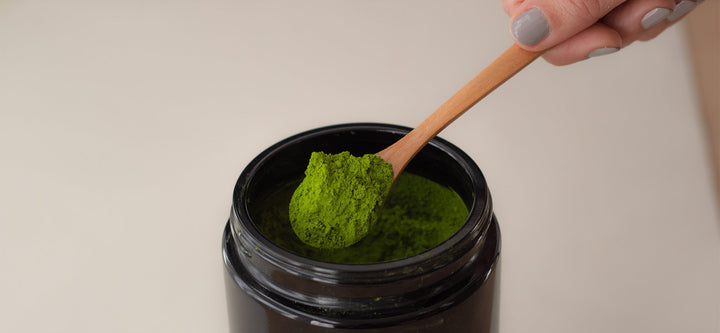
Research Database
The only comprehensive database for clinical and medical research papers on the healthy benefits of matcha/green tea
Recent Research Papers on
cancer-prevention
Author: Yoo Suk Kim and Chul-Ho Kim
In the era of personalized medicine, selecting the ideal treatment modality for head and neck cancer is becoming more complex. Also, despite the use of the newest agents, overall survival has not been improved notably over the past few decades. Currently, in accordance with the development of diagnostic tools, prevention and early detection of cancer are being emphasized more in obtaining better treatment outcomes. Among the various cancer preventative methods, the use of green tea is one of the most common approaches, and tea is known to be involved in multiple steps of carcinogenesis. Thus, in this short review, the protective roles of green tea components against the initiation, progression, and metastasis of head and neck malignancies will be discussed.
Author: Miguel Monsanto and Nasim Hooshyar and Jan Meuldijk and Edwin Zondervan
Green tea catechins are claimed to have several health benefits (e.g. antioxidant, antimutagenic and antiviral) with increasing applications in the food and pharmaceutical markets. By using the tea creaming effect and by enhancing it, as a phase separation via precipitation, it is possible to recover a large amount of polyphenols from the cream phase without using toxic solvents. A design of experiments (DoE) together with statistical analysis allows a description of the system with polynomial models and enables the determination of the optimal conditions that maximize the catechins recovery, while minimizing the amount of caffeine, which is considered a contaminant. A total of four influence factors are studied in this DoE: hydroxypropylmethylcellulose and polyvinylpyrrolidone (used as precipitation agents), temperature and pH, of which only pH is found not to be significant. With the optimal combination of factors it is possible to separate and recover up to 67% of the catechins present in the green tea extract solution, while increasing the ratio of catechins/caffeine by 60%.
Author: Ecem Evrim Çelik and Vural Gökmen
This work investigates the possibility of interaction between insoluble dietary fiber bound antioxidants, specifically of wheat bran, and soluble antioxidants like those provide by aqueous infusions of green tea. Solutions of pure catechins were also assayed for comparison with those naturally found in tea. To accomplish this, the aqueous and alcohol soluble fractions as well as the lipid components of wheat bran were firstly removed and the freeze-dried insoluble residue was then treated with different concentrations of green tea infusions or aqueous solutions of epicatechin (EC) and epigallocatechin-3-gallate (EGCG) for certain time. Treatment with EC (0–200 μM) had no significant effect on the antioxidant capacity of insoluble bran fraction. However, treatment with EGCG significantly (p < 0.05) increased linearly the antioxidant capacity as a function of concentration (0–100 μM). Treatment with great tea infusions (1–3 g/100 ml) also increased the resulting antioxidant capacity of insoluble bran fraction, but the effect was lesser at higher infusion concentrations. Liquid chromatography couple to mass spectrometry (LC–MS) analyses of aqueous phases after treatment indicated comparable levels of decrease in the concentrations of catechins confirming their reaction with the radical forms of antioxidants bound to insoluble bran matrix.



